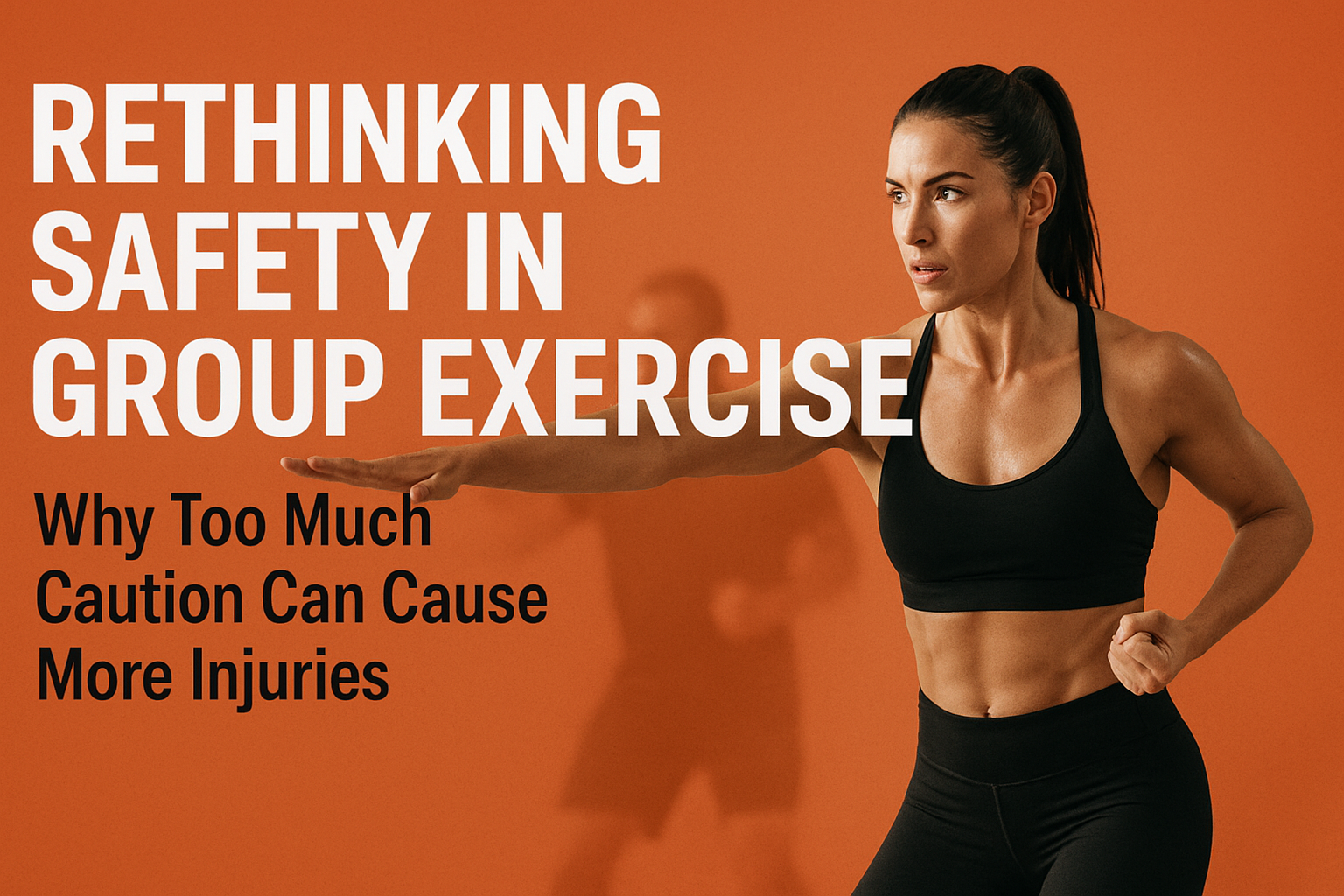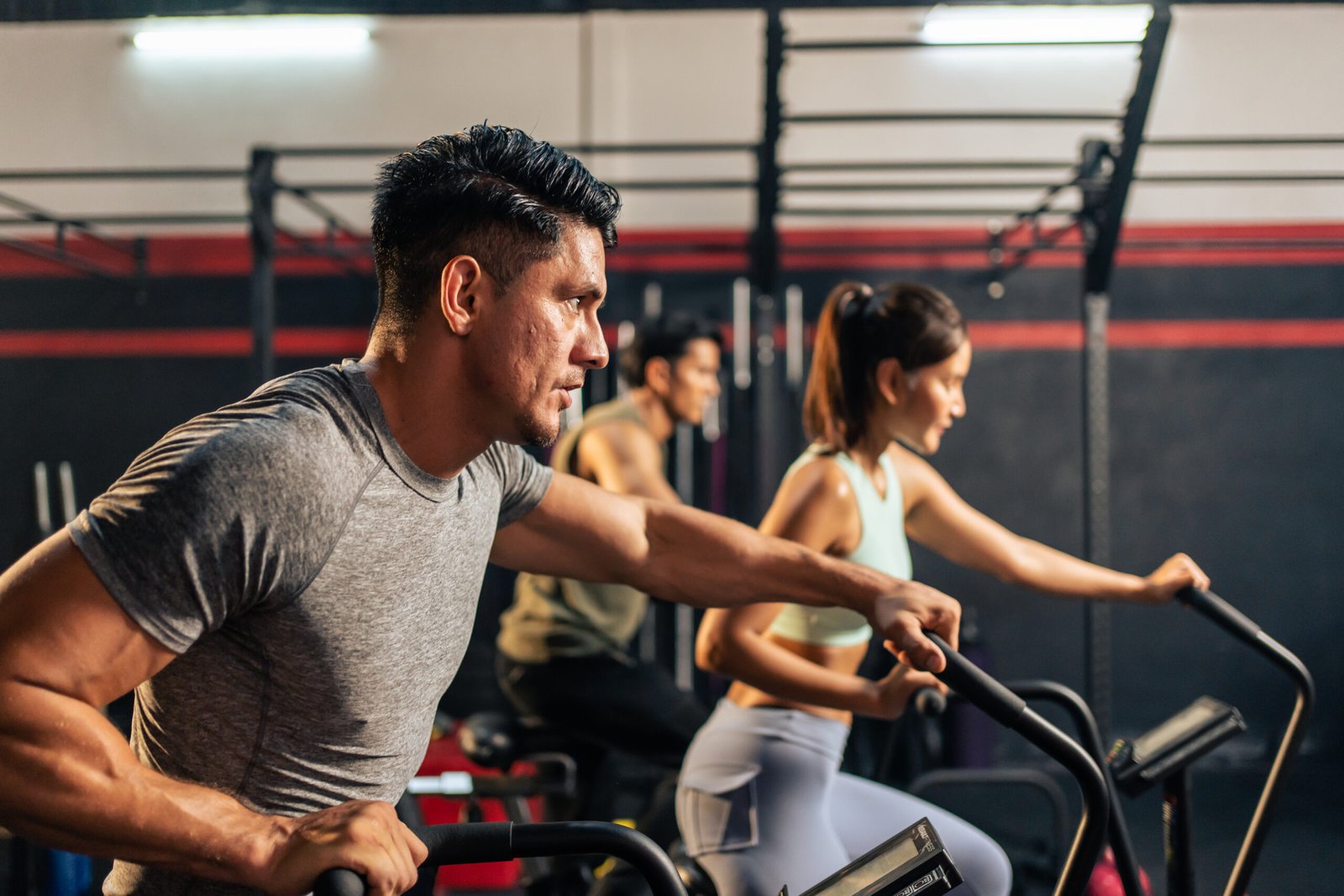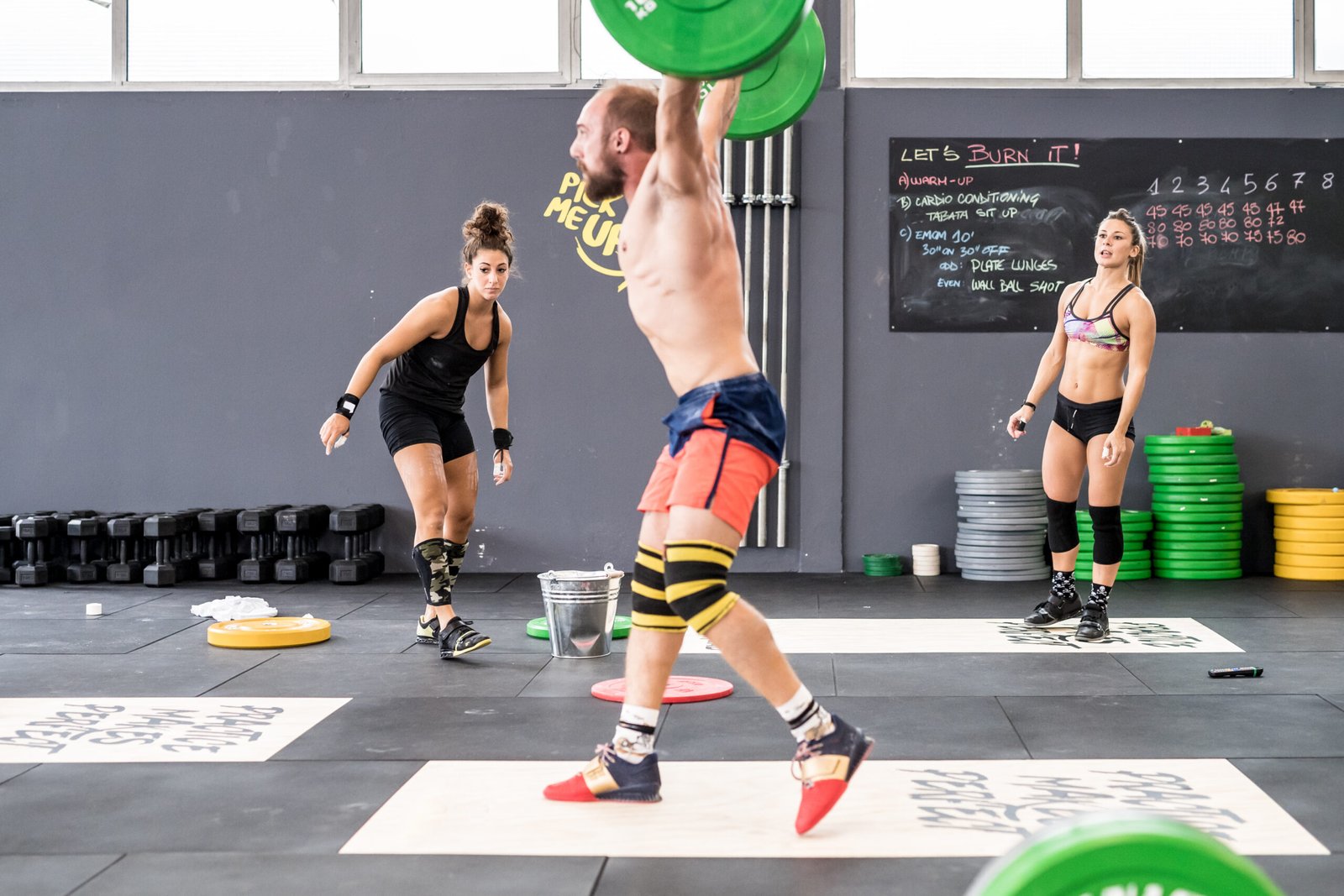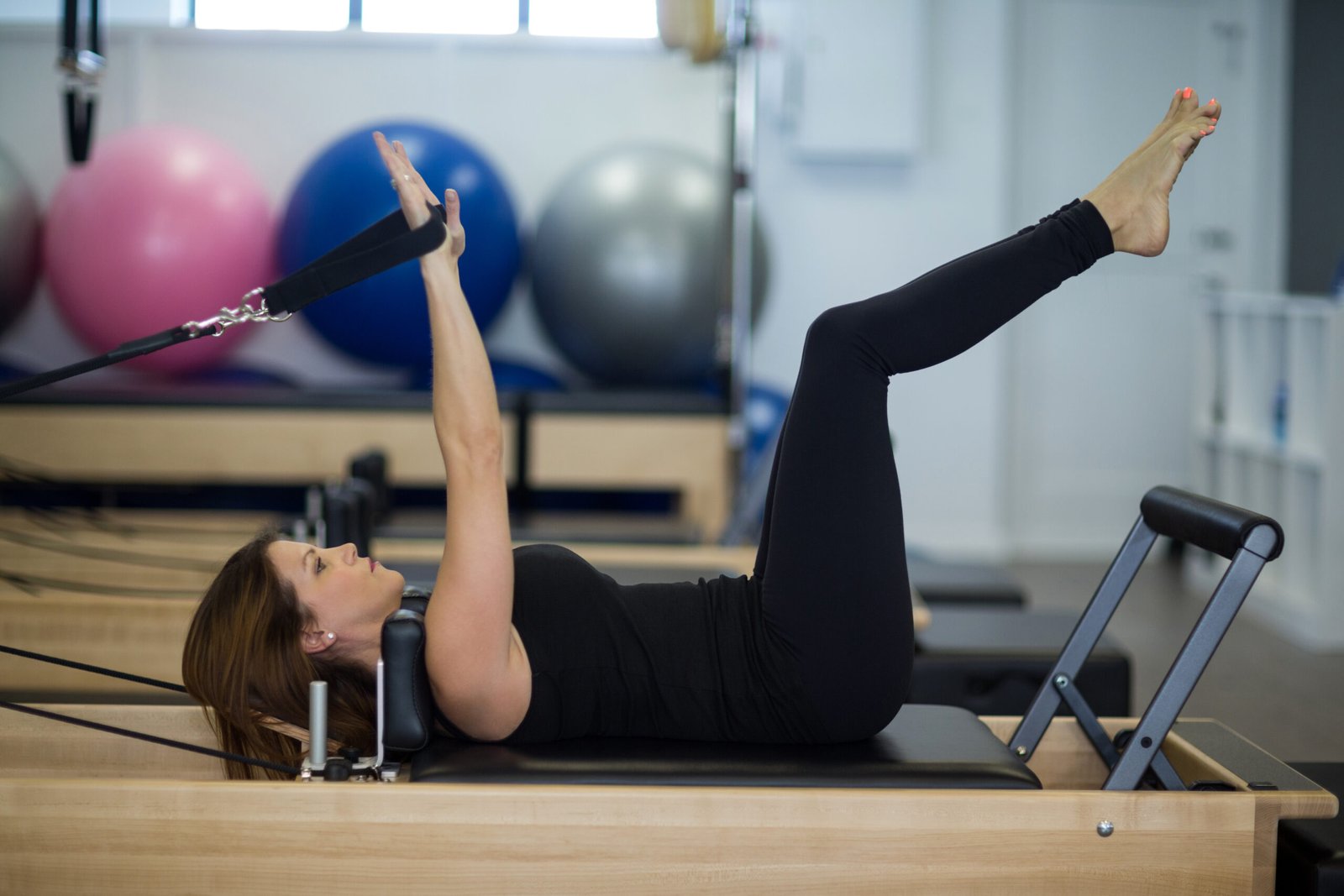Group exercise safety has always been a top priority in the fitness circle. The community has long cherished one word — “safety.” Whether you’re an instructor, trainer, or participant, everyone seems to agree on one thing: avoid risks at all costs.
But according to top fitness educator Jayne Nicholls, this safety fixation might actually be putting people in more danger than ever before.
In this article, we’ll explore why over-emphasizing safety in group fitness sessions can backfire, and how finding the right balance between carefulness and progression leads to stronger, safer, and more confident participants.
The Modern Fitness Paradox
In today’s fitness industry, group exercise safety cues have become almost automatic. “Keep your back straight,” “don’t go too low,” “avoid jumping,” “don’t lift heavy” — while all these instructions come from good intentions, they can sometimes limit natural movement and create fear-based exercise habits.
Fitness expert Jayne Nicholls argues that when safety becomes the top priority, instructors may unintentionally restrict functional movement, making the body less adaptable. Over time, this can reduce mobility, coordination, and even increase the likelihood of injuries when participants face unexpected real-life movements outside the gym. read more

Why “Playing It Too Safe” Can Be Risky
Think of it this way — the human body is built to move in multiple directions, to twist, bend, jump, and adapt. When we train only within narrow “safe” parameters, the body loses its ability to handle surprise.
Here are a few examples of how over-safety can backfire:
- Reduced strength and resilience: Avoiding challenging movements prevents muscles and joints from building stability.
- Poor coordination: Restrictive exercises reduce the body’s natural ability to balance and adjust.
- Increased fear of movement: Participants may develop anxiety around “unsafe” exercises, even though their bodies are capable of them.
- Higher long-term injury risk: A body that never trains outside its comfort zone becomes vulnerable during daily activities or sports. Learn how to stay active safely in our guide — Joy of Movement: Adapting Zumba for All Fitness Levels and Age Groups with Exciting and Safe Techniques!
The key is not to remove safety, but to redefine it — focusing on education, progression, and confidence instead of avoidance.
The Instructor’s Dilemma: Fear of Liability
The fear of legal liability is one of the main causes of this trend in group exercise safety. Gym owners and instructors worry they’ll be held accountable if someone gets injured. As a result, they take unnecessary precautions, creating “bubble-wrapped” workout routines that may protect them legally but not physically.
According to Jayne Nicholls, rather than just teaching students a list of “don’ts,” educators should concentrate on empowering movement literacy, which teaches participants how to comprehend and manage their own bodies.
Participants naturally self-correct when they understand how and why movements work, which lowers the risk of injury much more effectively than strict safety regulations.
Building True Safety Through Education
True safety doesn’t mean avoiding all challenges. It means preparing the body and mind to handle them intelligently. Here’s how instructors can encourage safer, more functional training without limiting participants:
- Teach body awareness –Encourage participants to feel their alignment, breathing, and stability rather than just mimic shapes — a mindful approach that enhances group exercise safety and overall body awareness.
- Use progressive loading – Gradually increase difficulty instead of avoiding complex movements entirely.
- Include dynamic and real-world exercises – Training that mimics daily life reduces real-world injuries.
- Encourage autonomy – Let participants take ownership of their movement and decision-making.
- Focus on form, not fear – Correct mistakes with explanation, not with scare tactics.
These principles transform group exercise from rule-based to result-based — helping participants build genuine confidence.
| Aspect | Over-Emphasizing Safety | Educated Movement (Jayne Nicholls Approach) |
|---|---|---|
| Mindset | Fear of mistakes or pain | Confidence through awareness and control |
| Instructor’s Role | Constant correction and restriction | Guidance and movement education |
| Class Atmosphere | Tense and cautious | Engaged and curious |
| Participant’s Progress | Slow, dependent on instructor | Steady, self-aware, and resilient |
| Injury Risk | Increases due to stiffness and overthinking | Decreases with improved functional control |
The Psychology of Safety and Fear
The psychological effects of frequent safety warnings are another element that is often disregarded. Participants start to associate exercise with risk rather than empowerment when they hear the words “don’t” or “be careful” too frequently.
Positive cueing, which directs participants toward what they can do rather than what they shouldn’t, is crucial, according to Jayne Nicholls. This shift in perspective not only enhances body awareness and mental toughness but also promotes better group exercise safety through confidence-building and mindful movement.

Positive cueing, which directs participants toward what they can do rather than what they shouldn’t, is crucial, according to Jayne Nicholls. This shift in perspective not only enhances body awareness and mental toughness but also promotes better group exercise safety through confidence-building and mindful movement.
The Future of Group Exercise Safety
Instructors’ roles will change from being “safety enforcers” to movement educators as group fitness continues to develop. This will be supported by technology such as motion tracking and AI-based posture correction, but it cannot take the place of human intuition.
The best defense against injury will always be a skilled instructor who is knowledgeable about biomechanics, progression, and mindset. Those who can combine discipline and freedom, safety and challenge, will be the ones of the future.
Key Takeaways
- Over-emphasizing safety in exercise can reduce natural movement and adaptability.
- True safety means empowering participants to move with awareness and confidence.
- Fear-based training limits progress and may increase long-term injury risk.
- Instructors should educate, not restrict — teaching how to move smartly, not how to avoid moving.
- Jayne Nicholls’ philosophy encourages a culture of confidence, not caution.
Conclusion
While group exercise safety is important, too much of it can be dangerous. The body thrives on challenge, movement, and flexibility. Participants’ full potential is unlocked when we treat them as competent learners rather than frail human beings.
“Safety is not about holding people back — it’s about giving them the tools to move forward,” as Jayne Nicholls states.
We can create a generation of more resilient, intelligent, and strong individuals both within and outside of the gym by rethinking group exercise safety.
FAQS
What is group exercise safety all about?
It’s about moving smartly and confidently in a group without unnecessary fear or restriction.
Can being too careful in a workout cause harm?
Yes. Avoiding challenge weakens the body and can increase injury risk in daily life. more info
How can instructors ensure safe workouts?
By focusing on body awareness and confidence, not fear-based cueing.
What are common mistakes in group exercise safety?
Over-correcting posture, avoiding movement variety, and limiting natural motion. read more
How can participants stay safe in group classes?
Listen to your body, move mindfully, and progress at your own pace.













